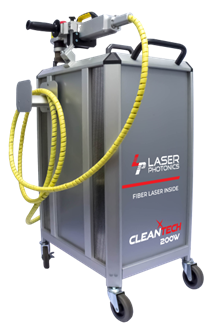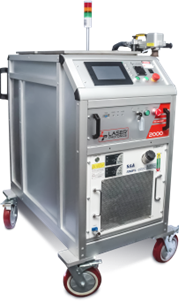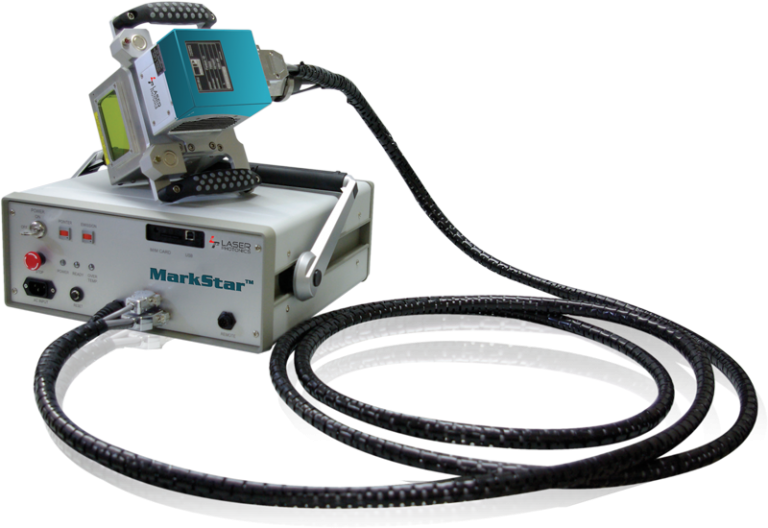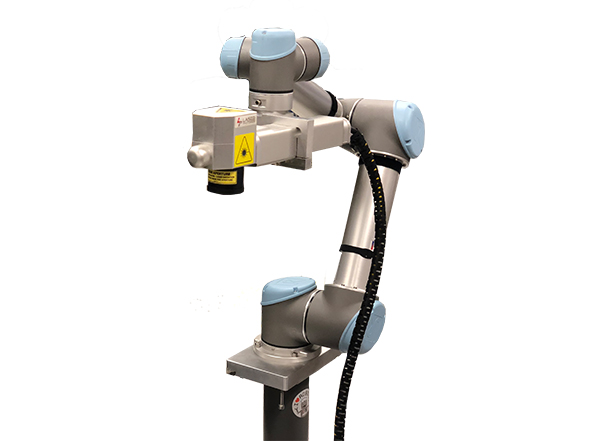"Electrification and Laser Cleaning: Improving the Performance of Electric Vehicle Batteries"
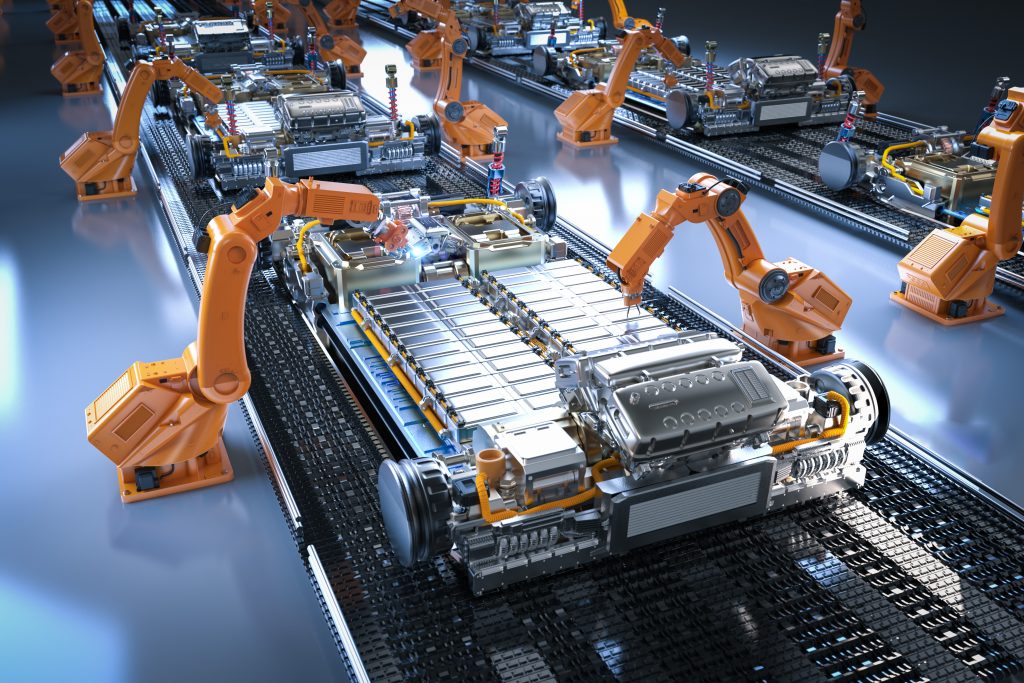
The use of the word “Electrification” is used in many industries regarding moving towards more eco-friendly energy sources. Electrification is defined as the process of making a machine or system operate using electricity when it did not before. As we’ve seen over recent years, the push towards sustainable energy and away from fossil fuels will continue to be an ongoing initiative of many regulatory agencies and manufacturers.
The increased production of lithium-ion and other batteries “is expected to grow 10-fold by 2030. To meet this demand, the battery industry must accelerate innovation, optimize production, and increase quality, while scaling up manufacturing globally” (Siemens).
During the manufacturing process, individual lithium-ion batteries are electrically connected for use in electric vehicles using a process called wire bonding. Laser cleaning should occur just prior to wire bonding to improve the performance of the batteries.

Why should battery manufacturers consider laser cleaning?
- Laser cleaning of a battery surface creates better adhesion for the wire bonding process
- The use of the preset crosshatch pattern on our CleanTech™ laser systems create small peaks and valleys on the battery surface which helps increase the surface area of the battery. This process allows for faster charge times and increased performance.
- Laser cleaning increases the lifespan of Electric Vehicles (EV) batteries
Revolutionizing Battery Maintenance and Titanium Oxide Removal
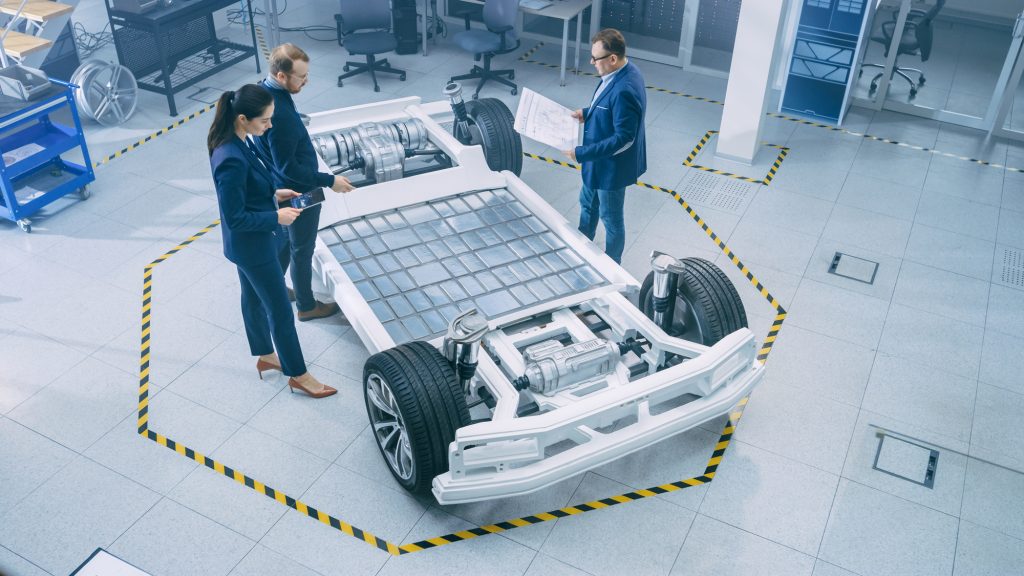
Laser cleaning has revolutionized battery maintenance by providing a fast, precise, and efficient solution. Traditional methods are often labor-intensive and potentially damaging, but lasers offer a groundbreaking alternative. With intense beams of light, lasers can remove dirt, grime, and contaminants without physical contact or harmful chemicals.
The concentrated energy of the laser beam rapidly vaporizes unwanted substances, leaving behind a clean result. Laser cleaning is non-abrasive, making it ideal for delicate batteries and sensitive components, preserving their integrity and longevity.
Environmental benefits include the elimination of harsh chemicals and reduced water consumption. Laser cleaning also offers automation potential, enhancing productivity and scalability in battery production.
Furthermore, lasers address specific challenges like titanium oxide removal. Titanium oxide can negatively impact battery performance, but lasers effectively target and remove these layers, restoring optimal functionality and prolonging battery lifespan. Laser cleaning contributes to a greener future for battery manufacturing and maintenance.
Laser Welding: Precise and Reliable Battery Connections
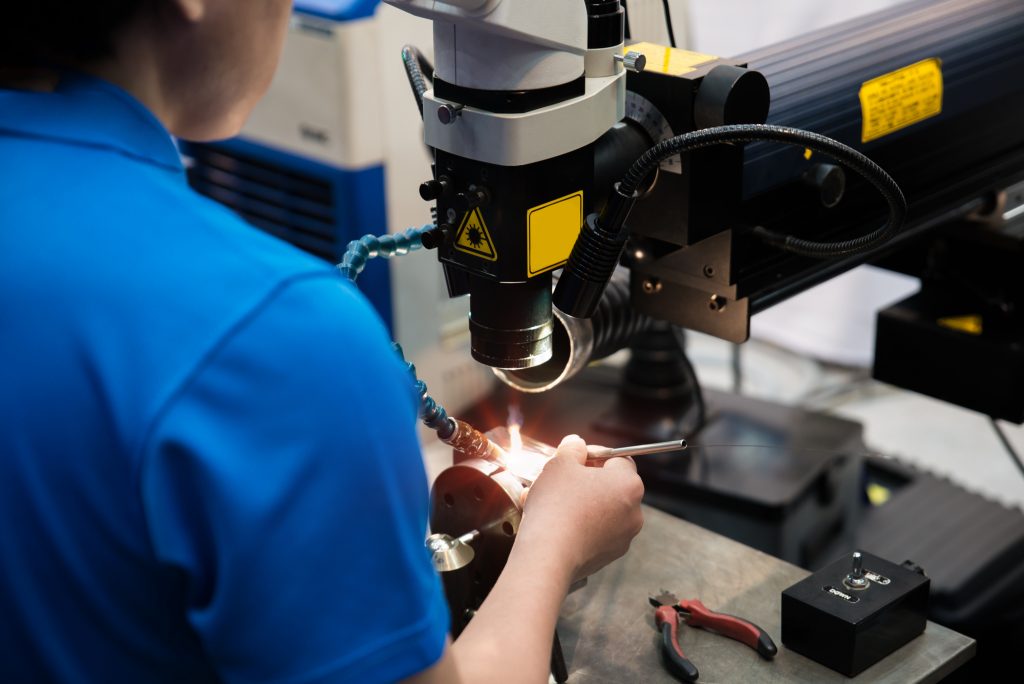
Laser welding revolutionizes the process of joining battery components by providing precise, strong, and reliable connections. With focused laser beams, it melts and fuses materials, resulting in robust welds. Laser welding minimizes heat transfer, ensuring minimal damage to sensitive battery materials and producing high-quality welds with minimal distortion. Its automated nature guarantees consistent weld quality, boosting production efficiency.
Laser welding accommodates various battery types and sizes, allowing for versatile applications. It also enables the joining of dissimilar materials, optimizing battery performance and reliability. Overall, laser welding plays a vital role in manufacturing high-quality batteries with enhanced durability and performance.

Blue Laser Welding: Advancing Precision and Speed in Welding Technology
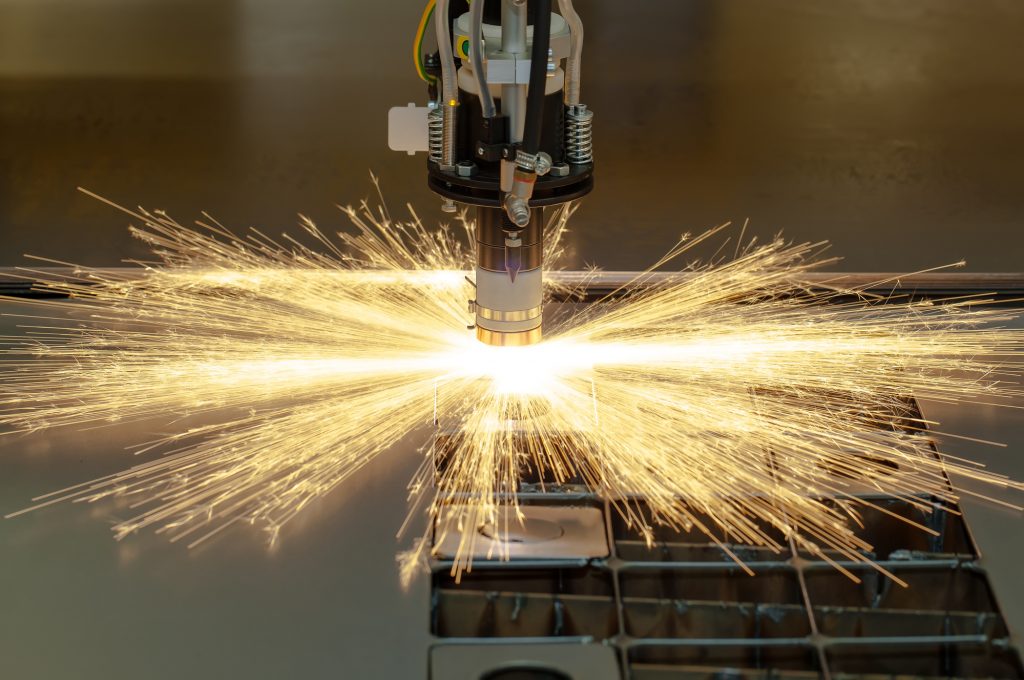
Blue laser welding is an advanced technology that offers superior precision and speed in the welding process. The shorter wavelengths of blue lasers enable finer weld seams and narrower heat-affected zones, ideal for applications requiring high accuracy and minimal thermal distortion. Blue lasers have higher absorption rates in certain materials, resulting in increased welding efficiency and faster welding speeds.
This technology finds applications in industries like automotive, aerospace, electronics, and medical devices, especially for micro-welding tasks. Blue laser welding also enables the joining of dissimilar materials with different melting points, expanding design possibilities. In summary, blue laser welding provides precise and fast welding with improved efficiency and versatility in various industries.








